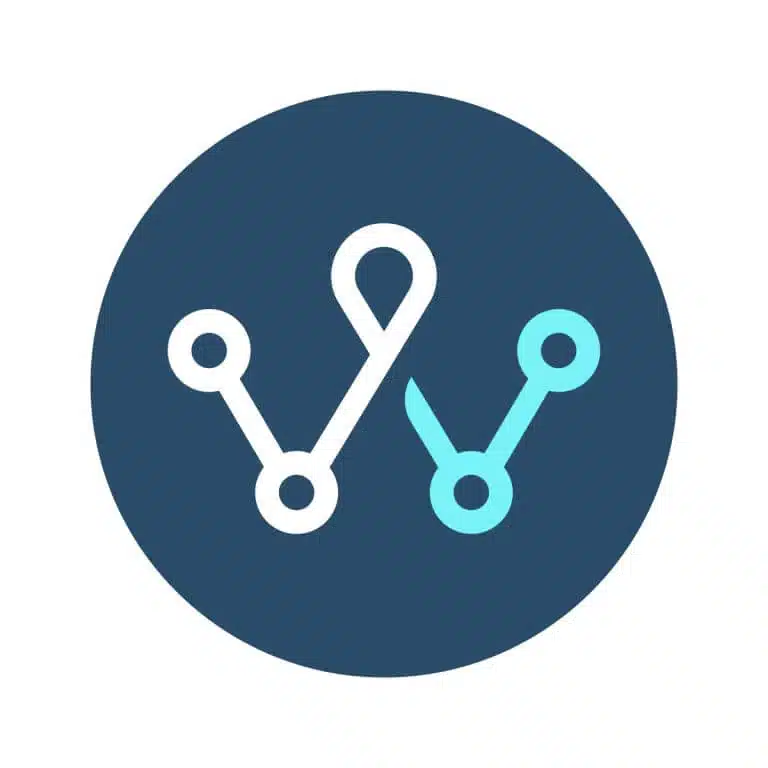Authored by: The WayPath CRM Team
Microsoft Dynamics 365 is a powerful enterprise-grade CRM platform. In addition, it can also be integrated with numerous other Microsoft solutions and third-party applications. This includes web portals, email marketing tools, eCommerce portals and BI applications. Such robust integration capability further adds to its versatility and agility.
In this brief guide, we’ll cover some salient facts about Microsoft Dynamics API and Microsoft Dynamics integration that will be useful for both developers and users of the platform.
The Benefits of Integrating Microsoft Dynamics With Other Solutions
One of the best ways to extend the capabilities of Microsoft Dynamics CRM is to connect it to other solutions within the enterprise ecosystem. This can help streamline processes, leverage powerful synergies, eliminate inefficient functional ‘silos’ and increase business productivity and profitability.
Further advantages of integration with other solutions include:
Improved Customer Relationship Management
Organizations can pull information from Microsoft Dynamics 365 and use it with other tools to improve customer communication and provide better customer service.
Enhanced Business Management and Control
Management can view multiple inter-connected operational areas both within and outside the organization to improve overall monitoring, control and business decision-making.
Access to Microsoft’s Huge Ecosystem
With Microsoft Dynamics APIs, users can connect automatically to other relevant Microsoft tools and apps to meet a multitude of business needs.
Technological Scalability
As business requirements change, technology may need to be added or upgraded. Microsoft Dynamics APIs make this process easy and seamless.
Increased Efficiency and Productivity
By integrating Dynamics with other applications, you can easily streamline business processes and improve efficiency. This can lead to a significant increase in productivity.
Better Decision-Making
By integrating different solutions, businesses can get a better overall picture of what is happening in their company. This allows them to make better decisions based on accurate information.
Greater Flexibility
By integrating Dynamics with other applications, you can tailor the software to meet your specific needs. This can give you greater flexibility and control over your business operations.
Improved Reporting
By integrating Dynamics with other applications, you can create more comprehensive reports that give you a better understanding of your business performance.
Marketing Automation
The Sales and Marketing add-on provides a more efficient way to create, manage, and measure sales and marketing campaigns in Dynamics.
Business Insights
By integrating Dynamics with Power BI, you can gain deeper insights into your business by analyzing data collected from various sources.
Integrating Dynamics with other applications can provide many benefits for your business. If you’re not already taking advantage of these benefits, it’s time to consider doing so.
Who Needs Microsoft Dynamics Integration?
When people hear the term ‘integration,’ they may think of big enterprises with many different departments or divisions that require data to be shared across an organization. However, many small businesses also have the need to integrate their various software applications.
Generally speaking, any company that has more than one software application needs to find a way to integrate those applications in order to improve data flow and efficiency. Because when it comes to business, the more efficient and streamlined your processes are, the better.
Integrating Microsoft Dynamics with other applications provides a range of benefits for businesses of all sizes. A Microsoft Dynamics integration is beneficial to any business that relies on Microsoft Dynamics to manage operations. By integrating it with other tools, you’ll be able to get a more complete view of your business and make more informed decisions. Integration can also help you automate business processes and free up time and resources for more strategic initiatives.
For example, a business that wants to improve communication and collaboration between departments would be a great candidate for integration. As would a company that wants to improve data accuracy and efficiency or one that wants to improve customer service and satisfaction.
[blog_box_cta url=”https://waypathconsulting.com/contact-us/” button_text=”Talk to a Dynamics development expert.”]Have integration questions? Get your next Dynamics project off to a running start.[/blog_box_cta]
5 Microsoft Dynamics APIs that every organization should be aware of
Microsoft Dynamics integrates with a number of other tools, applications and platforms to create an efficient business ecosystem. Here are 5 useful Microsoft Dynamics APIs:
1. Web API
This API – which can be used across many programming languages, platforms and devices – helps organizations integrate business systems and request information from third-party libraries. It implements the OData protocol – an OASIS standard for building and consuming RESTful APIs over rich data sources. They can also help integrate silo systems that would not typically connect to Dynamics 365 APIs.
2. Data Management REST API
This API supports Microsoft Dynamics integration by using data packages and can be used with both Cloud and on-premises deployments. It’s suitable for:
a. Scheduling outside Finance and Operations apps
b. Transformations that are external to the system
3. Recurring Integrations API
This API supports file-based integration scenarios in Microsoft Dynamics. It enables scheduling in Finance and Operations apps, in addition to the exchange of documents or files between Finance and Operations and third-party applications or services. It builds on data entities and the data management framework while supporting several document formats.
4. SOAP-Based APIs
These are older APIs and among the most frequently-used for Microsoft Dynamics integration. These APIs tend to concentrate on processes and messages rather than raw data. Their default format is XML.
5. Online Management API
This API enables organizations to efficiently manage customer engagement amongst Office 365 tenants. It helps improve various tasks and functionalities in Sales, Field Service, Customer Service, Project Service Automation, etc.
Third-party applications can be integrated with Dynamics 365 using the Dynamics 365 APIs, as well as through custom tools and apps. Based on your business needs you can choose the particular API that fits your requirements.
WayPath enables organizations to do more with their Microsoft Dynamics CRM. We help them manage and simplify their Microsoft Dynamics Integration project so they can quickly and easily connect the CRM to the applications and services they need. This empowers them to focus on their core business goals and avoid becoming mired in a swamp of potential integration challenges. Learn more about how WayPath can help connect and transform your business with Microsoft Dynamics CRM.
Learn everything you wanted to know about Microsoft Dynamics 365 in our comprehensive guide.




